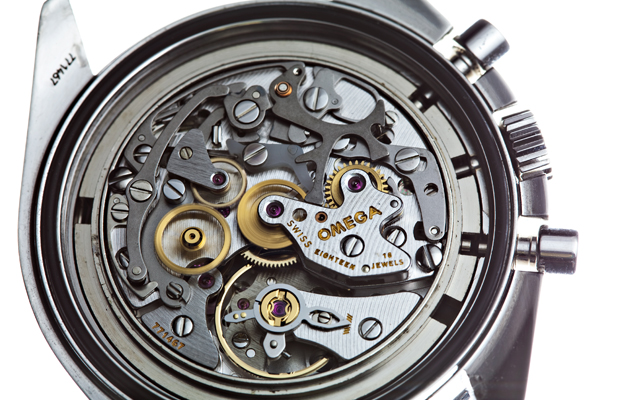Watch GlossaryWatch Movement
A movement is the mechanism inside a timepiece, which is responsible for powering the watch, and also controlling its functions and any additional complications such as chronograph, calendar, tourbillon, world time, etc.
May We Recommend
What is a watch movement?
The most integral part of a watch—a movement also known as calibre is a mechanism which powers a timepiece to make it functional. Any horology enthusiast knows how crucial this mechanism is to breathe life into a timepiece. It is mainly composed of gears, springs, and other components that control the functions while ensuring accuracy and precision. Movements can be largely divided into two broad categories: mechanical and quartz, and these are further divided into various segments.
Mechanical movements have been in existence since hundreds of years and until recently, were the only kind of movements used in watches around the world. These can either be automatic (self-winding) or manual winding. This changed in the 1970s with the Quartz Revolution. Quartz watches were battery powered and much more cost effective. Today, quartz watches are more popular as they are available at much lower prices than mechanical watches. Of course, the most luxurious watches are still powered by mechanical movements which represent craft and skill in watchmaking. Mechanical watches from master watchmakers are known for their exceptionally high durability and can last for generations.
A mechanical movement is powered by a manually wound mainspring and is made up of mechanical parts, unlike a quartz watch which has a battery and functions electronically.
A simple mechanical movement contains the following four parts:
- Mainspring: This the power source of the entire movement. The mainspring stores mechanical energy that flows through the various parts of the movement and then finally makes the hands of the watch move.
- Gear Train: It includes a series of small gears that transfer energy stored in the mainspring to the balance wheel. A separate part of the gear train facilitates the winding of the mainspring by the user.
- Balance Wheel: It is the most important part of the movement which actually measures the time. The balance wheel oscillates back and forth and each swing takes exactly the same amount of time, thus ensuring effective timekeeping.
- Escapement: This facilitates the release of energy from the mainspring, ensuring that energy escapes in a smooth manner at equal intervals of time. The ticking sound heard in mechanical watches is caused due to the regular stopping of the gear train by the escapement.
Of course, a mechanical movement may not necessarily be restricted to the four parts mentioned above. There are a wide variety of complications that may be present in a mechanical watch. They add to the functionality of the timepiece and enhance its overall appeal. Complications include world time, GMT, calendar, alarm, chronograph, minute repeater, tourbillon and many more.

The working of a simple mechanical movement can be understood at a very basic level by observing the flow of energy through its various parts. The energy enters the system when the crown is turned manually by hand, which causes the wounding of the mainspring and results in energy being stored inside it. From the mainspring, the energy travels through the gear train and to the escapement, where it is regulated and released at specific intervals of time to the balance wheel. The periodic oscillation of the balance wheel transfers energy through the dial train, which is a series of small gears, to the hands of the watch, which indicate the time on the dial to the user.

Even with the advent of the quartz movement, mechanical timepieces are still preferred by watch connoisseurs who appreciate the artistry and craftsmanship that goes into developing a mechanical movement. Some of the most luxurious and exquisite watches produced in the world today are usually driven by mechanical movements, which is a sign that mechanical movements are here to stay, for centuries to come.







Test
Hello, I’m Anjan Dey from West Bengal. Need to service my Tissot automatic chronograph prc 200. What I do now? Please advise me.
Hello Anjan,
Our service centre will be able to get your Tissot serviced. Please go to this link: https://www.ethoswatches.com/repair-and-service, click on ‘Request a call back’, enter and submit your details, and they will call you back to offer assistance. Alternatively, you can call the service helpline or send them an email directly, using these details: 011-41421691 or 4142 1671, and customercare@ethoswatches.com.
Thank you for reading
The Watch Guide